When I first got to Schönbrunn Palace, I’ll be honest—I was mostly just trying to avoid the midday crowds. I had seen photos, read about the Habsburgs, but didn’t really know what to expect. It’s one of those places that’s so famous, you almost assume it can’t surprise you.
Then I walked into the courtyard.
It’s huge. Not just big in size, but big in presence. There’s this long, yellow façade stretching out in both directions, with old statues standing like they’ve been watching people come and go for centuries. I remember just standing there for a minute, kind of frozen. Not in awe, exactly—more like trying to wrap my head around how much history had passed through this place.
Later, inside the palace, I walked through room after room, each more ornate than the last. Chandeliers, velvet, gold details, portraits everywhere. You can imagine emperors signing treaties here, or Sisi slipping quietly through the corridors, trying to escape court life. It’s not a museum in the usual sense—it feels lived-in, even though the people are long gone.
If you’re visiting Vienna, this is more than a box to check. Schönbrunn gives you a glimpse into a world that shaped not just Austria, but much of Europe. And it sticks with you.
Let’s walk through it together.
Quick Facts
📍 Location: Vienna, Austria
🏗️ Construction Period: 1696–1749 (expanded under Empress Maria Theresa)
🏰 Architectural Style: Baroque with Rococo interiors
🎭 Famous For: Habsburg residence, UNESCO gardens, Gloriette, classical concerts
👑 Notable Residents: Empress Maria Theresa, Emperor Franz Joseph, Empress Elisabeth (Sisi)
🏆 UNESCO Status: Yes (Palace and Gardens of Schönbrunn were designated in 1996)
🌐 Website: schoenbrunn.at
History & Legacy of Schönbrunn Palace
I’ll admit—I always assumed Schönbrunn had been a full-blown palace from the start. But nope. It actually began as a hunting lodge. The land was bought by Emperor Maximilian II back in the 1500s, and he used it for game hunting. Pretty low-key, considering what it would eventually become.
The name Schönbrunn comes from a natural spring found on the property—“beautiful spring” in German. That part has stuck through the centuries.
A couple of emperors later, in the late 1600s, Leopold I decided he wanted to build something more… impressive. He brought in architect Johann Bernhard Fischer von Erlach to draft a palace that could compete with France’s Versailles. The plan? Grand. The reality? Less so. Thanks to war and budget issues, only a scaled-back version was built. Still, the foundation was there.
Things really changed when Maria Theresa came along in the 1700s.
She wasn’t just any empress—she ruled for 40 years and turned Schönbrunn into the Habsburgs’ summer home. Think of it as their escape from formal Vienna court life. Under her, the palace grew into the version we know today, with its Rococo interiors, sprawling gardens, and all the ceremonial flair.
Maria Theresa also raised her 16 (!) children here—including Marie Antoinette, who would later lose her head in revolutionary France. Life at Schönbrunn during her reign was busy, to put it mildly. Balls, diplomacy, music, and kids running around. It wasn’t just a palace. It was the heart of an empire.
Then came Napoleon. He actually stayed at Schönbrunn—twice—when he occupied Vienna. That fact surprised me. A French emperor sleeping in the home of the Habsburgs? Awkward.
Later, in the 1800s, the palace became tightly linked with Emperor Franz Joseph I. He was born there, lived there, and eventually died there. His life spanned a huge chunk of the 19th century, and he saw the empire through wars, revolutions, and major political change. What’s wild is that he kept a pretty modest daily routine—early mornings, hard work, and very little indulgence. You can actually see his spartan bedroom on the tour. It’s nothing like the rest of the palace.
And of course, you can’t talk about Schönbrunn without mentioning Empress Elisabeth, better known as Sisi. She was Franz Joseph’s wife, but lived a very different life—famous for her beauty, her loneliness, and her need to escape the strict world of court. A lot of her story unfolded at Schönbrunn too.
After World War I, everything changed.
The Habsburg monarchy ended in 1918, and Schönbrunn was taken over by the new Austrian Republic. No more emperors, no more court life. But instead of shutting the place down, Austria opened it to the public. And in 1996, UNESCO added it to the World Heritage list.
Today, it’s one of Vienna’s top attractions—and not just because of the gold ceilings or massive gardens. It’s the history that hits you. The sense that this place has seen everything from royal weddings to military takeovers. That’s what makes it special. Not just the beauty, but the layers of story underneath it.
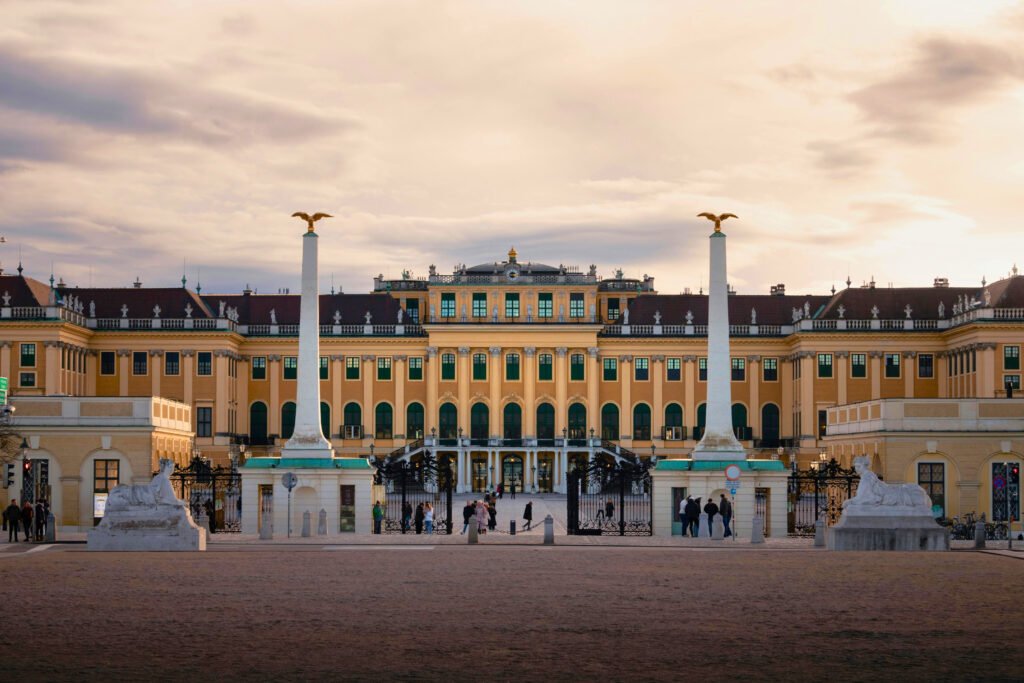
Architecture & Design: A Palace That Doesn’t Hold Back
The first thing you notice when walking up to Schönbrunn is just how wide it is. Like, really wide. The long, yellow façade seems to stretch forever, and the symmetry is kind of hypnotizing. It's bold, structured, and totally confident—exactly what you'd expect from a palace designed to show off imperial power.
They call the color “Maria Theresa Yellow,” named after the empress who expanded the place. It’s got this warm, golden tone that really pops in the sunlight. I didn’t think I’d care about the paint color of a building, but it actually adds a lot of character.
Inside the Palace: Over-the-Top in the Best Way
Once you’re inside, the tone shifts. Everything gets way more detailed—like someone went out of their way to make sure every inch had something beautiful or expensive on it. The ceilings are painted, the walls are lined with gold or mirrors or both, and the furniture looks like it hasn’t been touched since royalty last sat on it.
The Great Gallery is probably the most impressive space. Long, high-ceilinged, with massive chandeliers and painted scenes above. This is where emperors threw parties, hosted state dinners, and basically flexed their wealth. You stand in there and just think: so this is what power looked like.
Then there’s the Hall of Mirrors, which has this quiet elegance. It’s not as huge, but it’s where a young Mozart supposedly played for Empress Maria Theresa. That detail stuck with me—imagining this kid performing in such a grand room, unaware of how famous he’d become.
The Millions Room is another standout. Small but ridiculously ornate, covered in rosewood paneling and miniature paintings from India and Persia. They say it cost a fortune to make. Honestly, I don’t doubt it.
What surprised me most, though, were Franz Joseph’s private rooms. For a guy who ruled such a massive empire, he lived pretty simply. His bed was tiny, his study sparse. You can tell he wasn’t into luxury for luxury’s sake. Total contrast to everything around it.
And then there’s Sisi’s quarters, which feel more refined and delicate. Mirrors, embroidered fabrics, personal items—there’s a definite shift in energy. She was known for her obsession with beauty and her complicated relationship with court life, and the space reflects that.
The Gardens: Just as Dramatic as the Palace
Outside, the gardens are a whole other world. Perfectly trimmed hedges, fountains with mythological statues, gravel paths leading off in every direction—it’s like stepping into a live painting. You could easily spend a few hours just walking around, getting lost (in a good way).
The centerpiece is the Gloriette, sitting up on a hill behind the palace. It looks like a mini-temple with arches and columns, and from the top, you get an amazing view of the whole palace and Vienna beyond. I sat up there with a coffee from the little café and just stared. It's one of those moments that makes you slow down without trying.
At the base of the hill is the Neptune Fountain, which is big and theatrical—statues of gods, flowing water, the works. It kind of ties the whole palace-ground vibe together: myth meets monarchy.
Little Corners That Stick With You
Beyond the big showpieces, there are smaller areas I loved. The maze and labyrinth near the gardens are fun (and more challenging than I expected). There’s also the Palm House, a giant glass greenhouse with tropical plants that feels totally out of place in the best way. And tucked away paths, shaded benches, even a fake Roman ruin built just for aesthetics. The whole place was designed to impress—but also to give you little surprises as you explore.
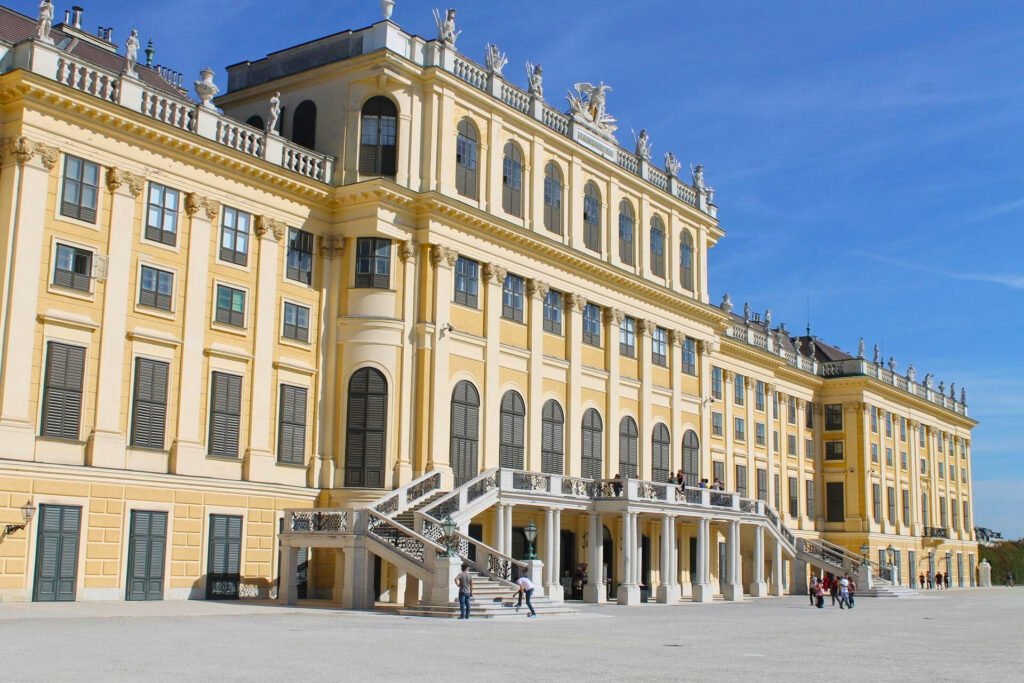
Visiting Schönbrunn Palace
Visiting Schönbrunn can be a bit overwhelming if you don’t know what to expect. I learned that the hard way. There’s just so much to see—gardens, rooms, museums, cafés, even a zoo. You could easily spend the whole day here. Or two.
Here’s what I wish I’d known before going.
🛣️ How to Get There
Getting to Schönbrunn is easy if you’re staying anywhere in Vienna. Public transport works like a charm.
- Subway (U-Bahn): Take the U4 line to Schönbrunn station. It’s about a 5-minute walk from there to the main entrance.
- Trams: Line 10 or 58 stops close. Also good if you're nearby.
- Buses: Routes 10A and 63A pass through the area.
- Driving? I wouldn’t recommend it. Parking is limited and honestly, public transport is faster and cheaper.
I used Google Maps, plugged in “Schönbrunn Palace,” and followed the steps. No issues at all.
🎟️ Entry Info & Tours
There are a few ticket options depending on how much time you’ve got—or how curious you are.
- Palace Ticket (€34): Covers all the rooms on the piano nobile. It’s quick (one hour), but you still get the essentials.
- Classic Pass (€40) 👑: This one includes 5 attractions: Schönbrunn Palace, Privy Garden, Orangery Garden, Maze, and Gloriette. You will need 3-4 hours for the visit.
- SISI Pass (€51) 🗺️: This pass includes Schönbrunn Palace + Sisi Museum plus the Imperial Apartments in the Vienna Hofburg + the Vienna Furniture Museum. If you’ve got the time and energy, it’s worth it.
Want music? You can catch a concert in the Orangery (starting around €45). I didn’t go, but I’ve heard it’s a beautiful experience, especially if you like Mozart.
💡 Tip: Book online through their official website. Seriously. The line can get long, especially in summer. The official website also has the most up-to-date pricing and ticket options available.
The audio guide is decent, and they offer it in a bunch of languages. But if you’re more into stories than facts, I’d say go for a guided tour with a real person.
📅 Best Time to Visit
Timing makes a big difference at Schönbrunn.
🌸 Spring (April–May): The flowers are just starting to bloom. Not too crowded either.
☀️ Summer (June–August): Everything’s open, but yeah—it gets busy. Early morning is your best bet.
🍂 Autumn (September–October): Cooler weather, beautiful colors, fewer people. My personal favorite.
❄️ Winter (late November–December): There’s a charming Christmas Market in the main courtyard. It’s cozy, especially in the evenings.
If you can, try getting there right when it opens (usually 8:30 AM). Or after 4 PM if you’re not doing the full tour. Midday is when the buses arrive—and trust me, they arrive in packs.
♿ Accessibility & Visitor Tips
Overall, it’s well set up for visitors, though a few things are worth keeping in mind:
- Wheelchair access: Most of the major areas are accessible. They’ve added ramps and elevators where they can.
- Families: Kids will love the Children’s Museum. They can dress up in royal clothes and pretend to be Habsburgs for a while.
- Food and drink: There’s a small café near the palace, but Café Gloriette on the hill is a better experience—plus, the view is incredible.
- Photos: You can take pictures in most rooms (no flash). But leave the tripod at home. It’s not allowed.
There’s also a free cloakroom and a gift shop near the entrance. I dropped off my bag and grabbed a fridge magnet on the way out.
📝 Tips for Travelers
- Buy tickets in advance. Always.
- Wear comfortable shoes. You’ll be walking a lot—gravel paths, stairs, gardens, all of it.
- Give yourself time. I thought two hours would be enough. Nope. Aim for at least 3–5 hours if you want to enjoy the palace and the gardens.
- Dress casually but respectfully. Nothing fancy required, but you’re still visiting a former imperial home.
- Use the maze. It’s not just for kids—and yes, I got lost for a minute.
- Catch the Strudel Show at Café Residenz 🥧. They make real Viennese apple strudel right in front of you, and you get to eat it warm. That alone was worth the visit.
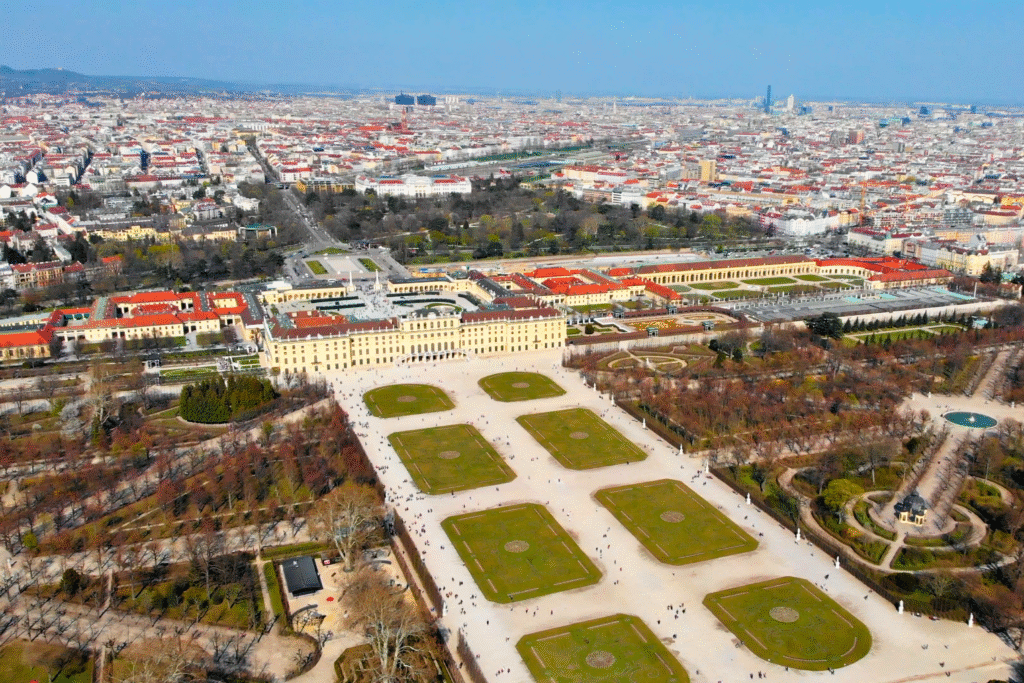
Nearby Attractions & Cultural Spots
One of the best parts about visiting Schönbrunn is that the palace isn’t just a standalone attraction. It’s surrounded by some seriously cool places—many of which are actually on the palace grounds. I didn’t realize just how much there was to do until I kept stumbling into new things.
If you’ve got a few extra hours—or better yet, a full day—stick around. There’s a lot more to see than just royal rooms.
🦁 Tiergarten Schönbrunn
This one surprised me: Schönbrunn has a zoo. And not just any zoo—it’s the oldest one in the world, dating back to 1752. It started as an imperial menagerie and has grown into a modern conservation-focused zoo. If you're into animals (or traveling with kids), it's well worth checking out. I saw pandas, polar bears, and a rainforest dome—all within walking distance from the palace.
🎶 Schönbrunn Orangery
I didn’t get to see a concert here, but I walked by it on my way out—and it’s beautiful. The Orangery used to house citrus trees in winter (very on-brand for an empire). Now it hosts classical concerts most nights. Think Mozart and Strauss played in an 18th-century hall. If you’re into that kind of vibe, book a ticket in advance. I kinda wish I had.
🛞 Imperial Carriage Museum
Tucked behind the Palm House is a spot that doesn’t get much attention but totally should. The Imperial Carriage Museum is full of ridiculously ornate carriages—gold trim, velvet interiors, even Sisi’s riding gear. It’s like peeking into the royal version of a garage. Quick visit, but super memorable.
☕ Coffee with a View
Need a break? There are two great spots:
- Café Gloriette: It’s at the top of the hill in the gardens. The food’s decent, but the view is the real reason to go. You can sit outside with a coffee and see the entire palace and most of Vienna in the distance.
- Café Residenz: Closer to the entrance. This is where you can catch the Apple Strudel Show. I watched them stretch the dough until it was paper-thin and then had a warm slice right after. Tourist-y? A little. Worth it? Definitely.
🏛️ If You Have More Time in Vienna…
Schönbrunn is just one part of the royal puzzle in Vienna. If you’ve got another day or two in the city, I’d also check out:
- Hofburg Palace: Right in the city center. It was the winter palace for the Habsburgs and has a Sisi Museum that’s honestly kind of haunting.
- Belvedere Palace: This one’s more of an art museum now. You’ll find Klimt’s The Kiss here. Plus, the grounds are gorgeous.
- Ringstraße: A grand boulevard that loops around the old city center. You’ll pass the Opera House, City Hall, Parliament, and more just by walking or taking a tram.
- Palmenhaus & Wüstenhaus: Explore tropical jungles and desert ecosystems in these stunning greenhouses from the imperial era.
- Panorama Train: Take the little train that loops around the palace gardens. It is great for families and those with limited mobility.
- Naschmarkt (15 mins by tram): Sample local cheeses, olives, fresh pastries, and international cuisine in Vienna’s top open-air market

Final Thoughts
I wasn’t sure what to expect going into Schönbrunn Palace. I mean, I’d seen the pictures—grand halls, endless gardens, yellow walls that somehow look even more royal in real life. But being there? It’s different. Bigger, quieter, more layered than I imagined.
You get this sense that history didn’t just happen here—it lived here. You walk through the same rooms where emperors made decisions, where Mozart played his first court concert, where Sisi quietly escaped into her own world. There’s something about it that stays with you. Not in a dramatic way—more like a whisper that follows you around the rest of the day.
What surprised me most wasn’t the gold or the size or the fact that the zoo is right behind the palace. It was how human it all felt. These were real people, with real lives, even if they happened to live in a palace with 1,400 rooms.
If you're visiting Vienna, go. Take your time. Don’t just snap a few photos and move on. Sit in the gardens. Get lost in the maze. Stand under the chandeliers and just look up for a second.
💬 Have you been to Schönbrunn Palace? We’d love to hear your take. Share your favorite moments in the comments—or tag us on Instagram @CastleQuestChronicles.
👉 If you enjoyed this, check out our deep dives into Paronella Park Castle in Australia or Malbork Castle in Poland—two very different, but equally unforgettable, places.
📸 If this article sparked your curiosity about the castles, follow along. We are on Instagram, Pinterest, Facebook, and X, too. More castles (and more stories) are just around the bend.
Explore all our castle adventures here!

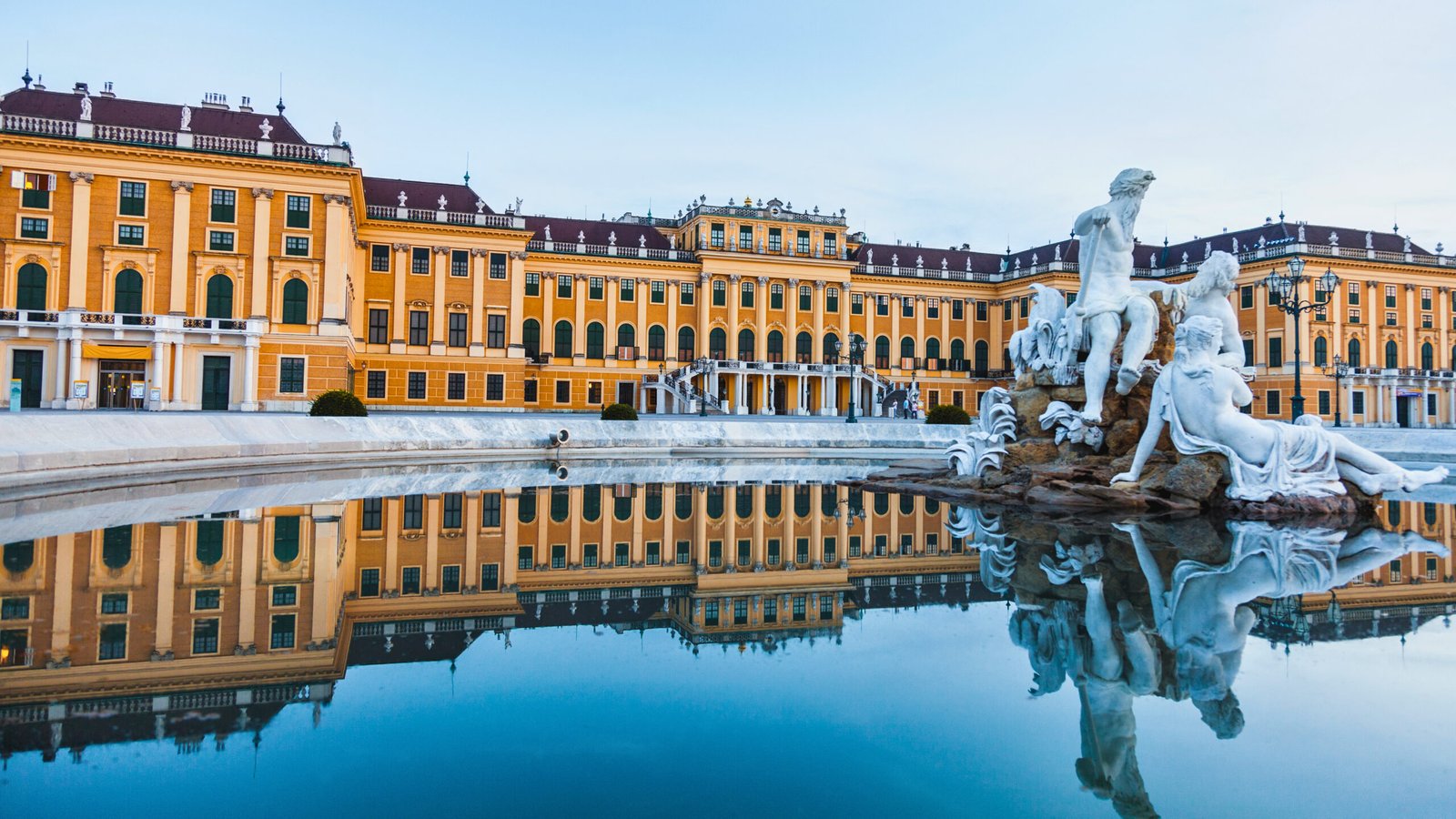
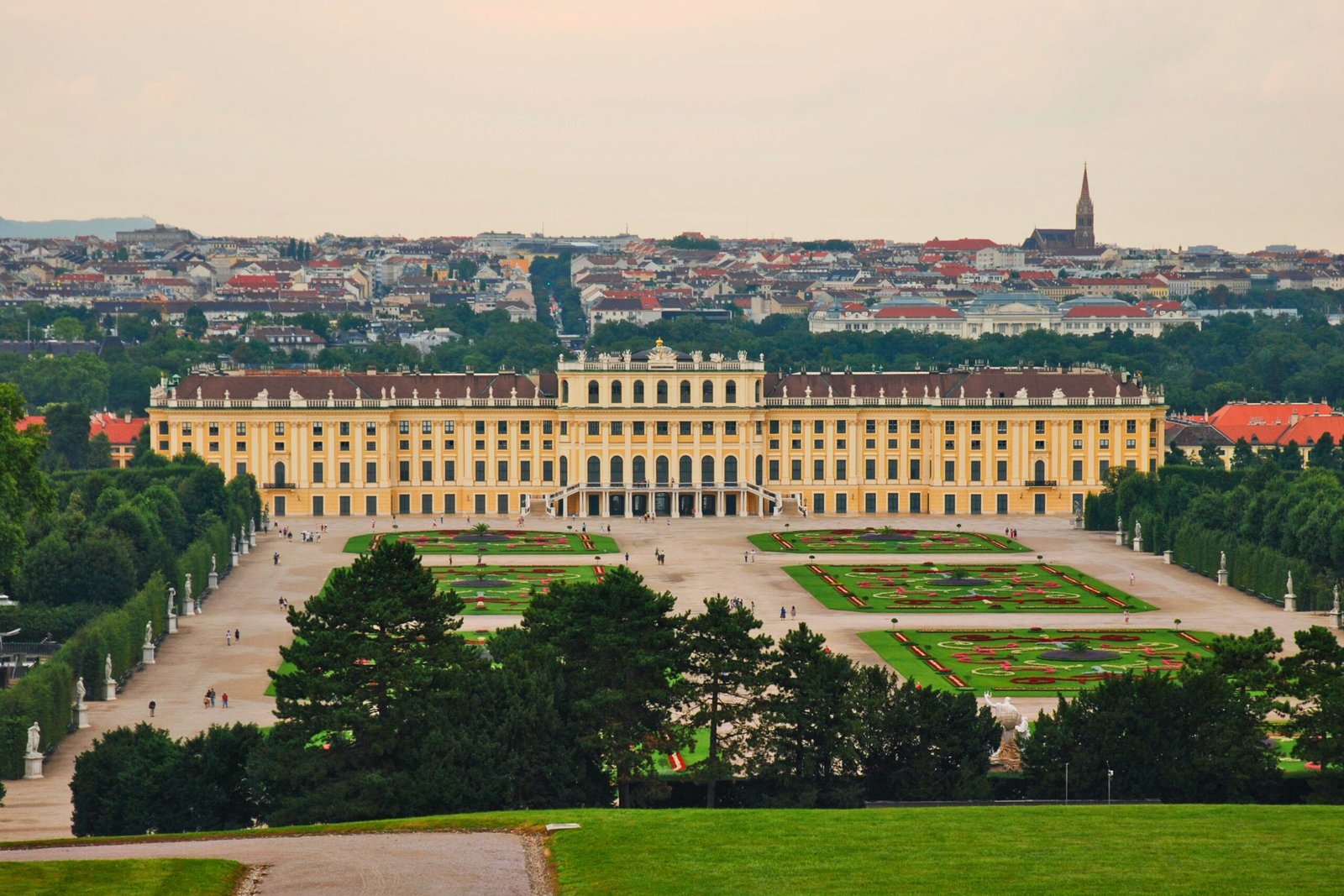
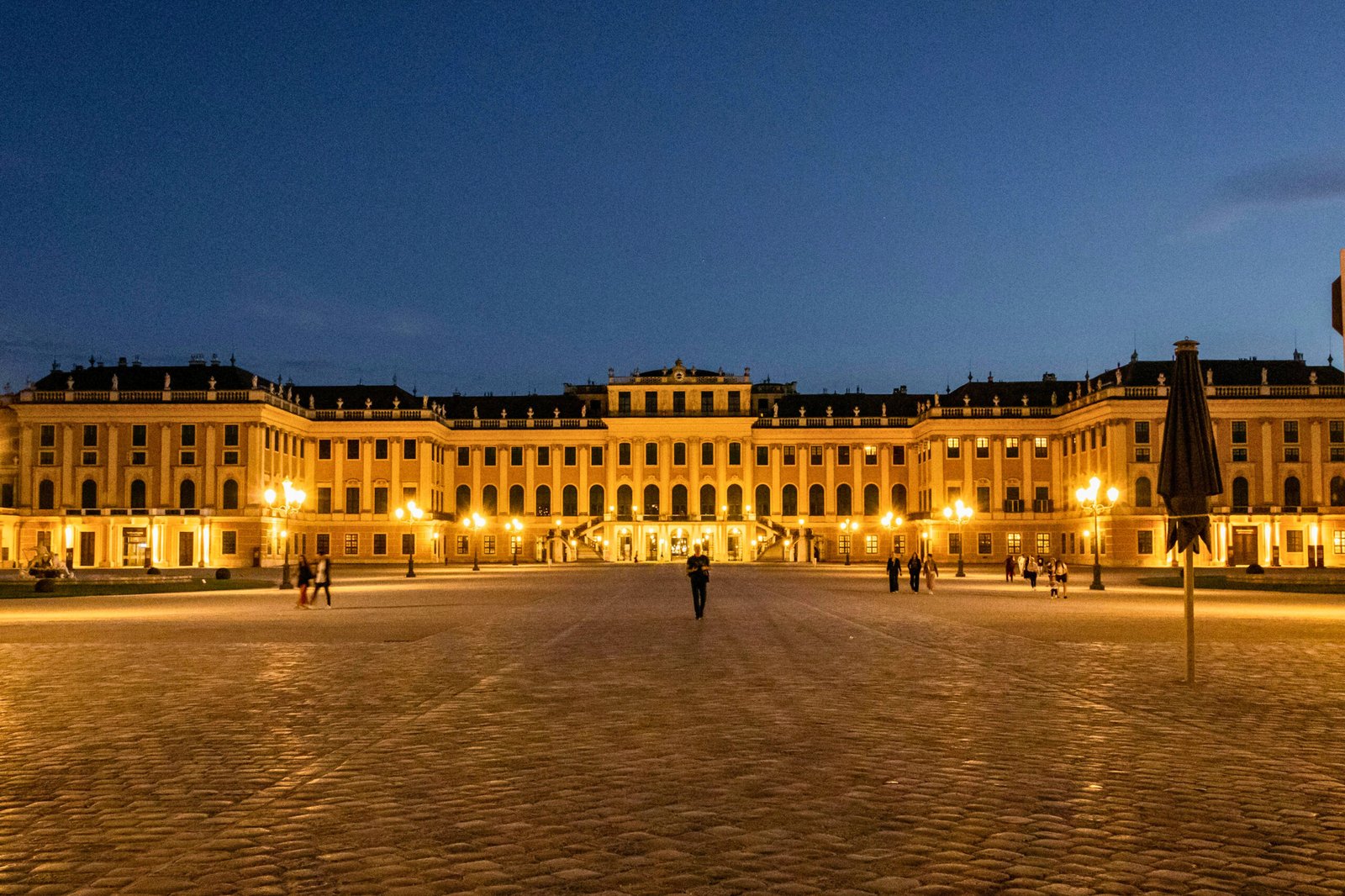
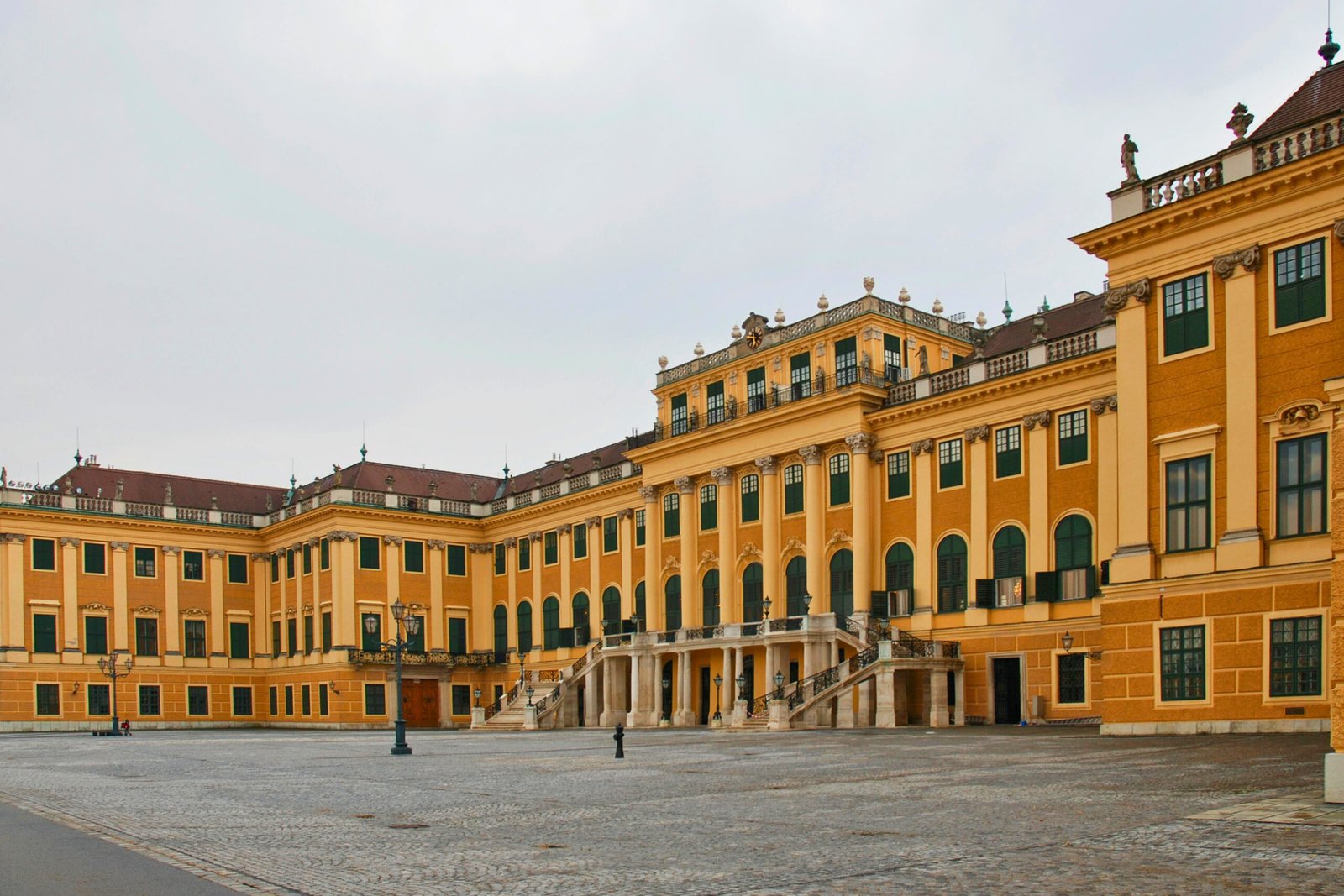
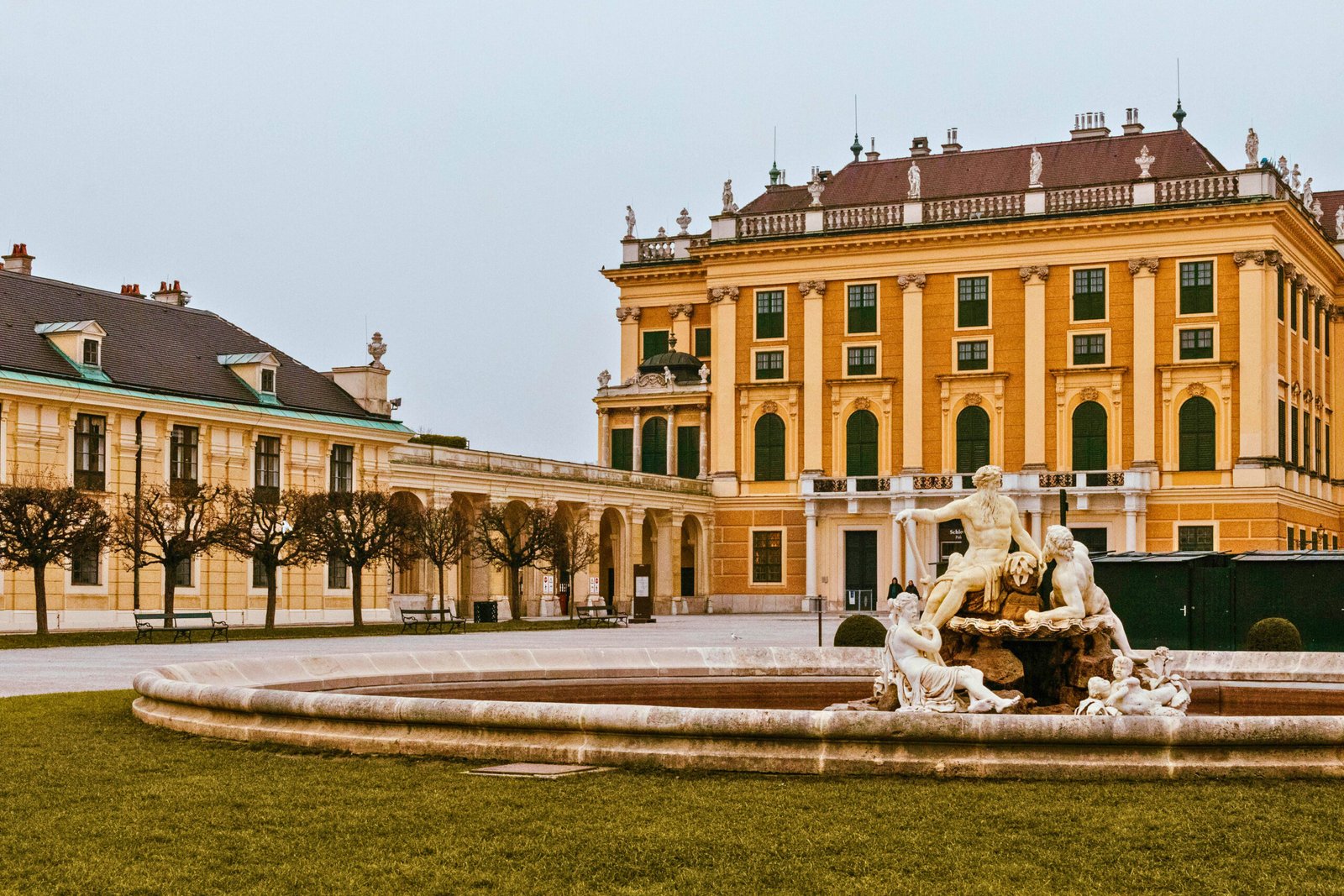
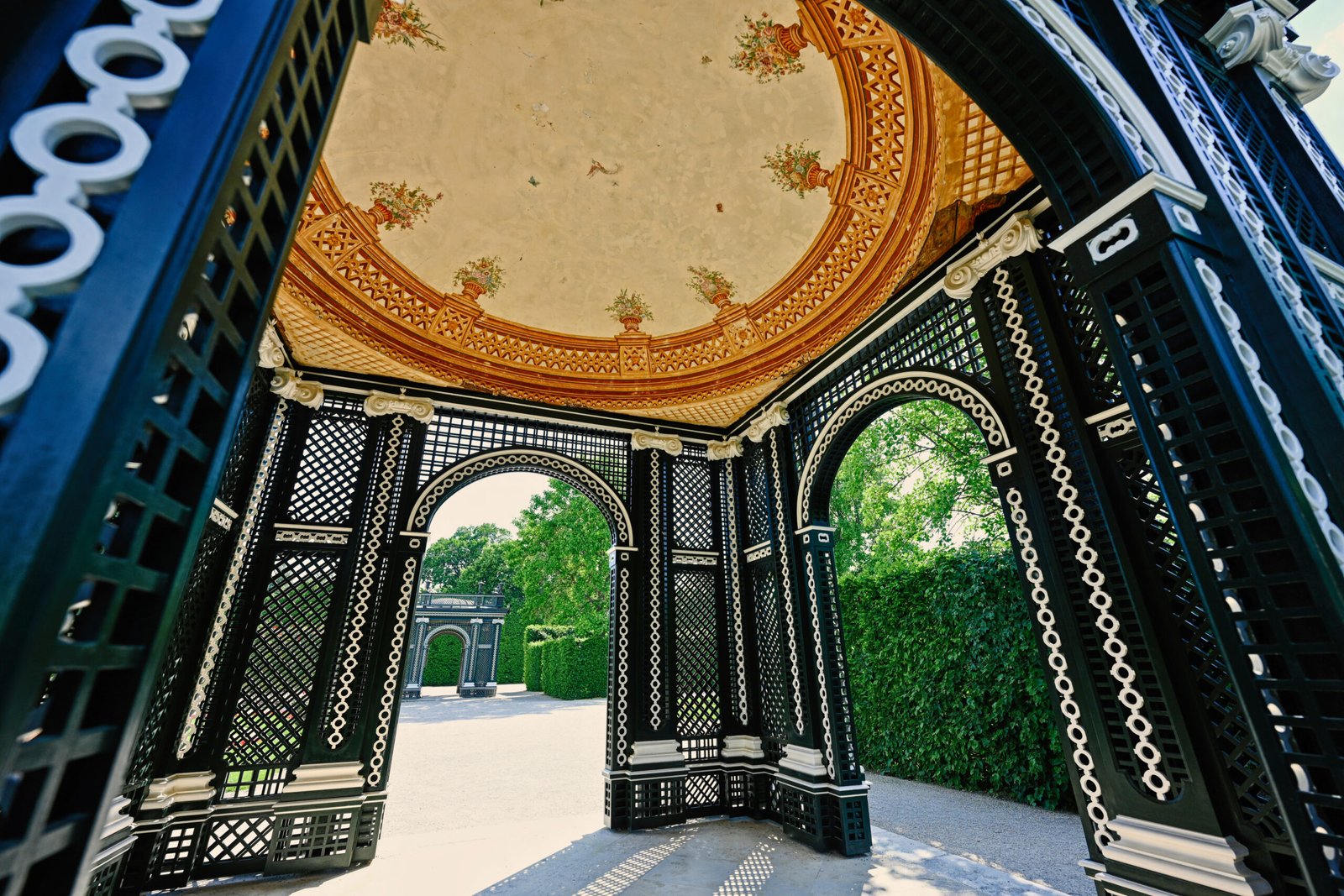
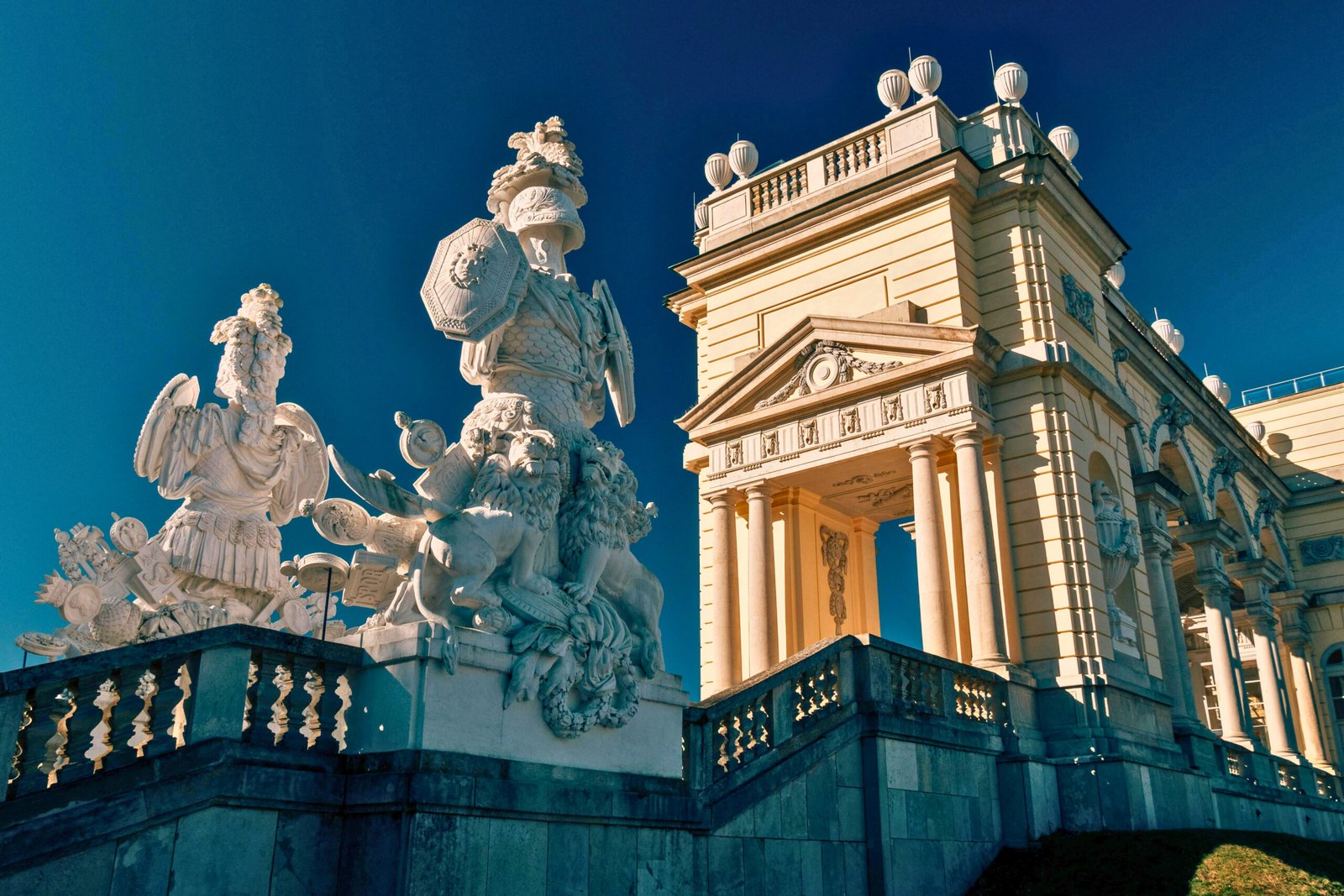
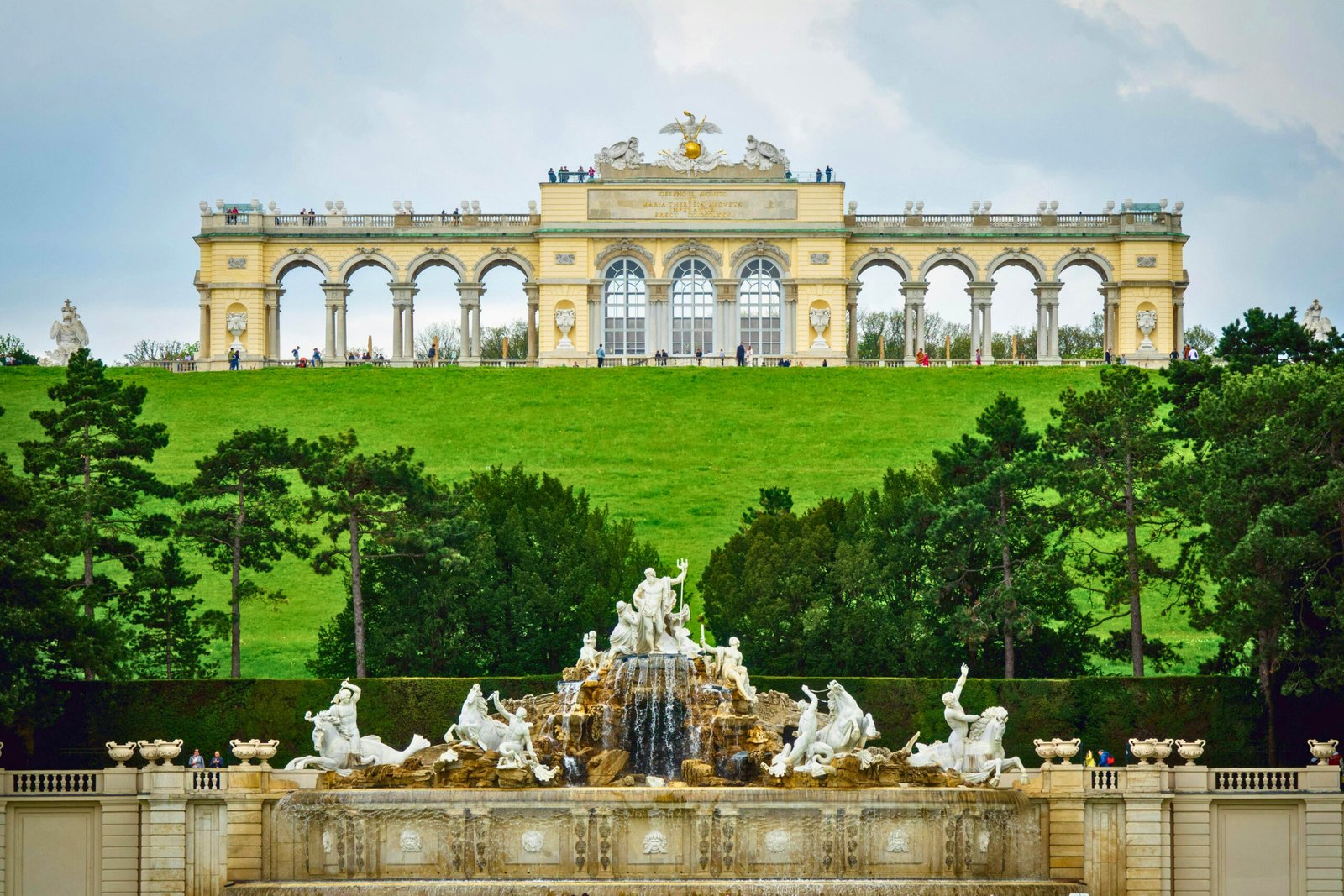
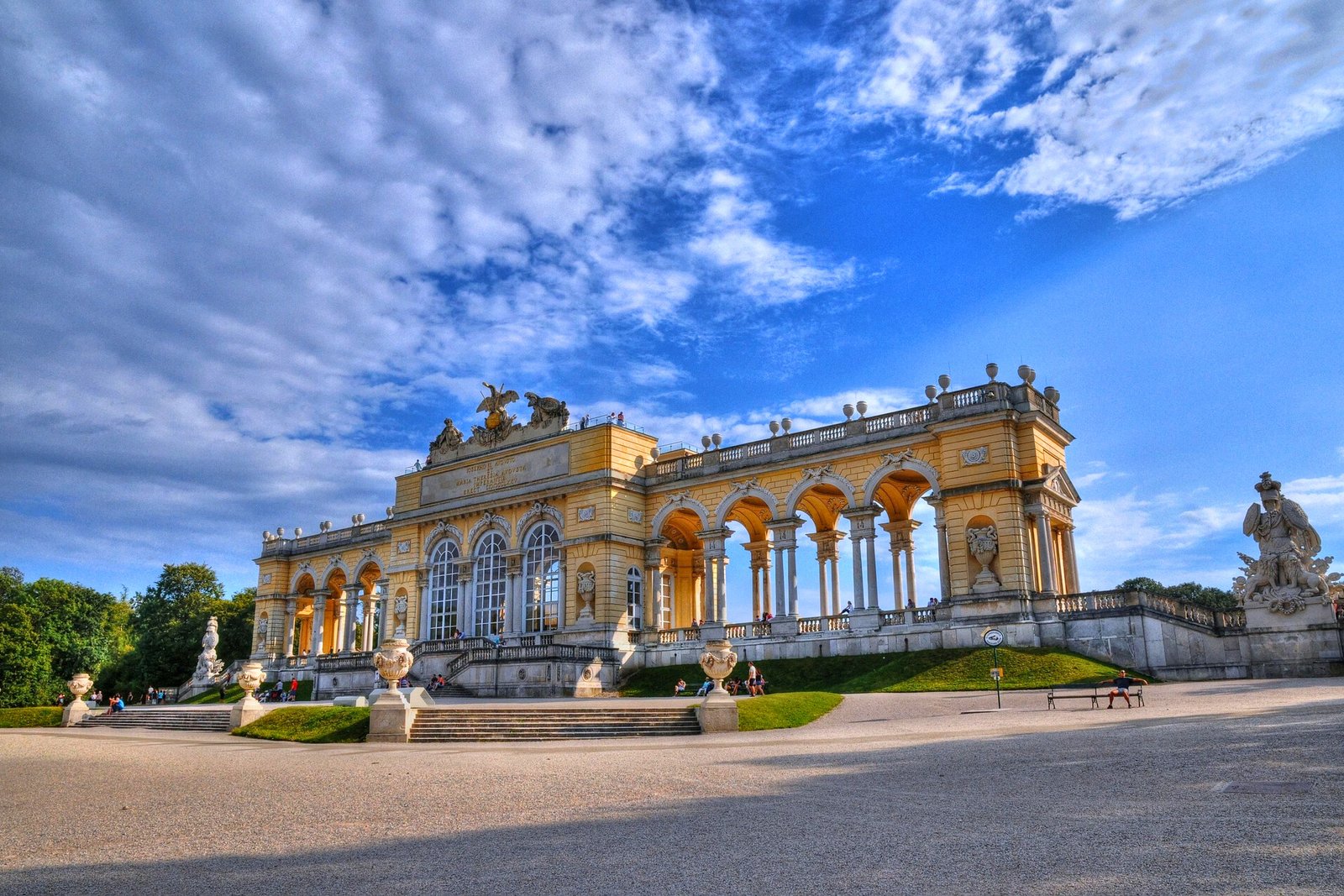
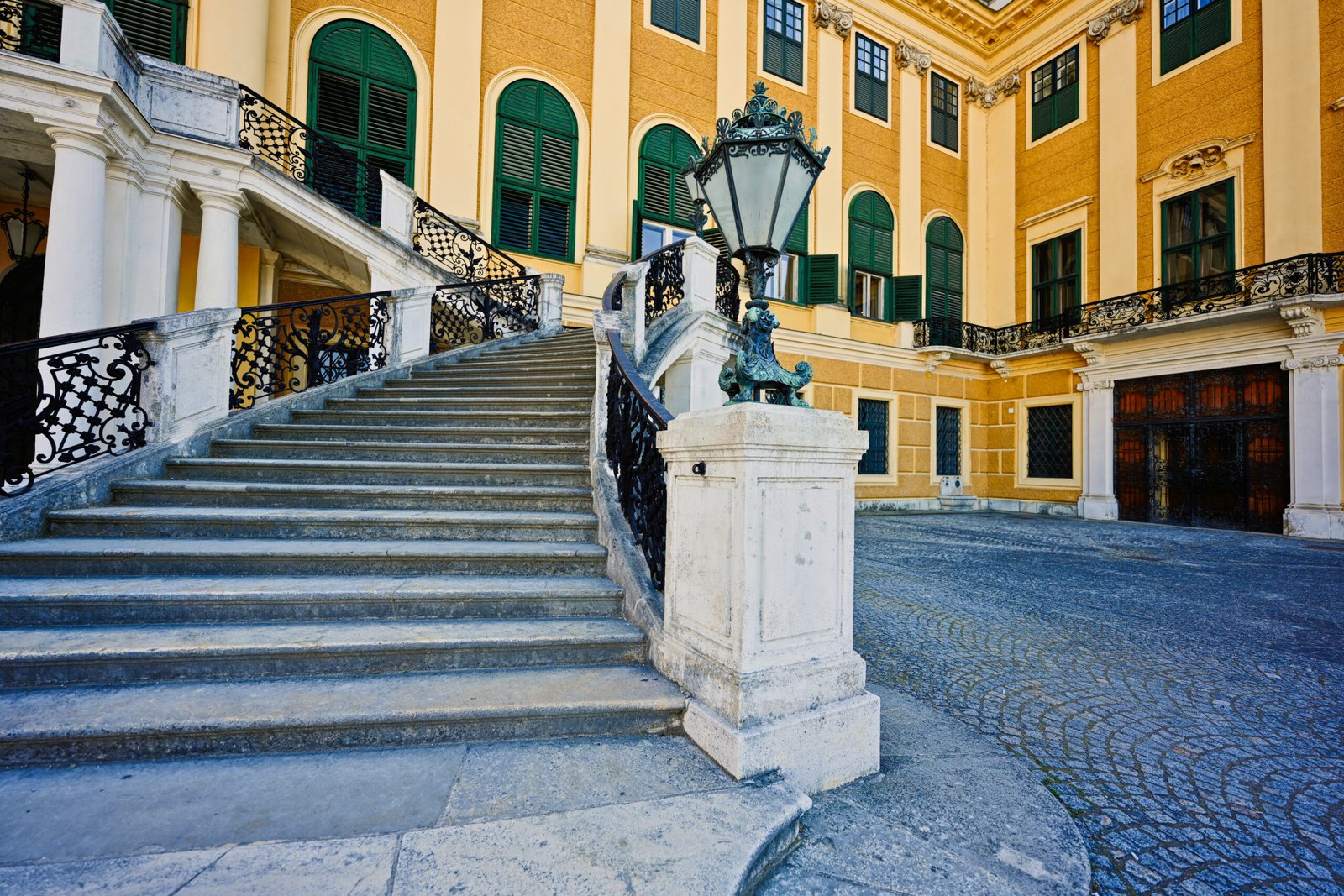
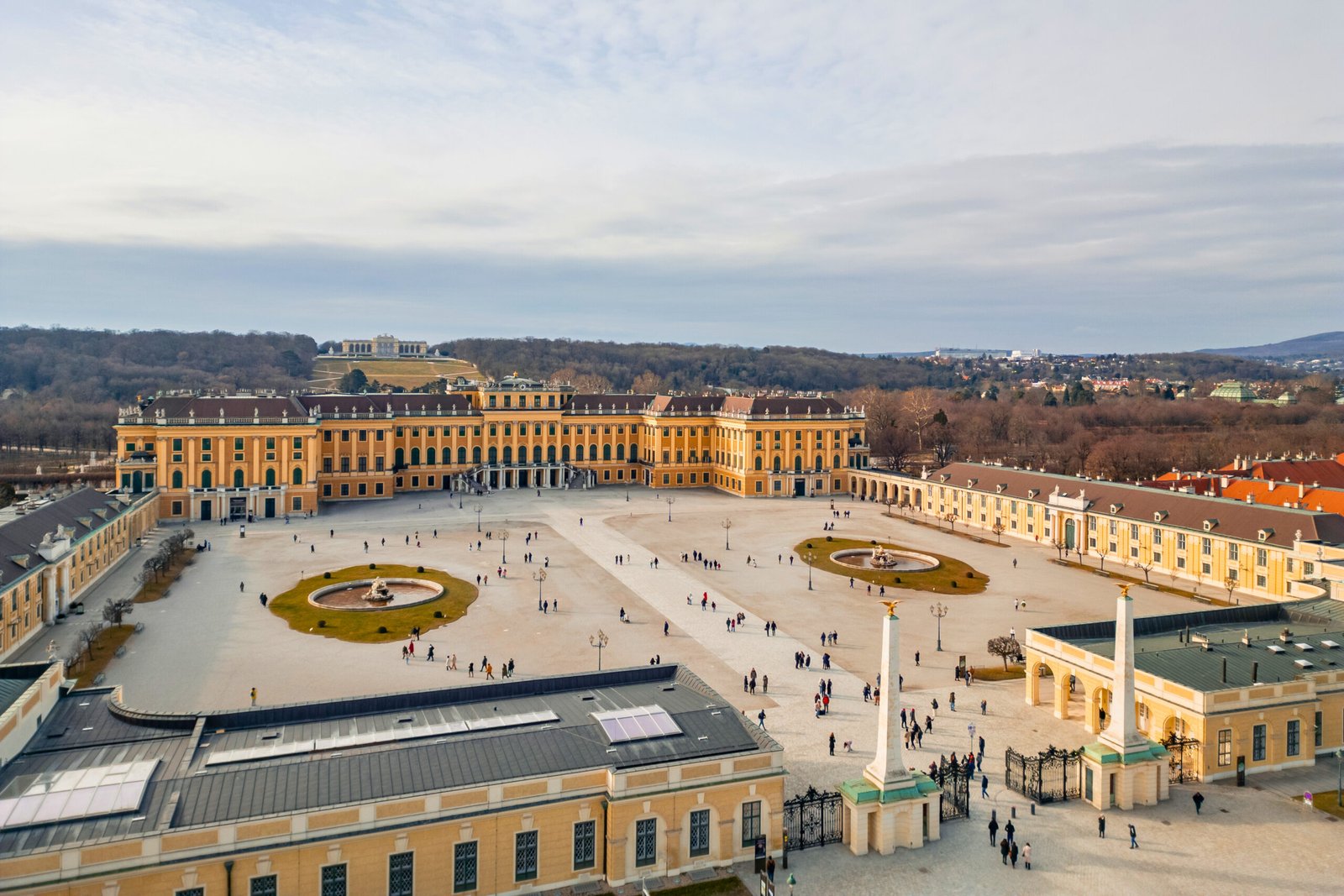
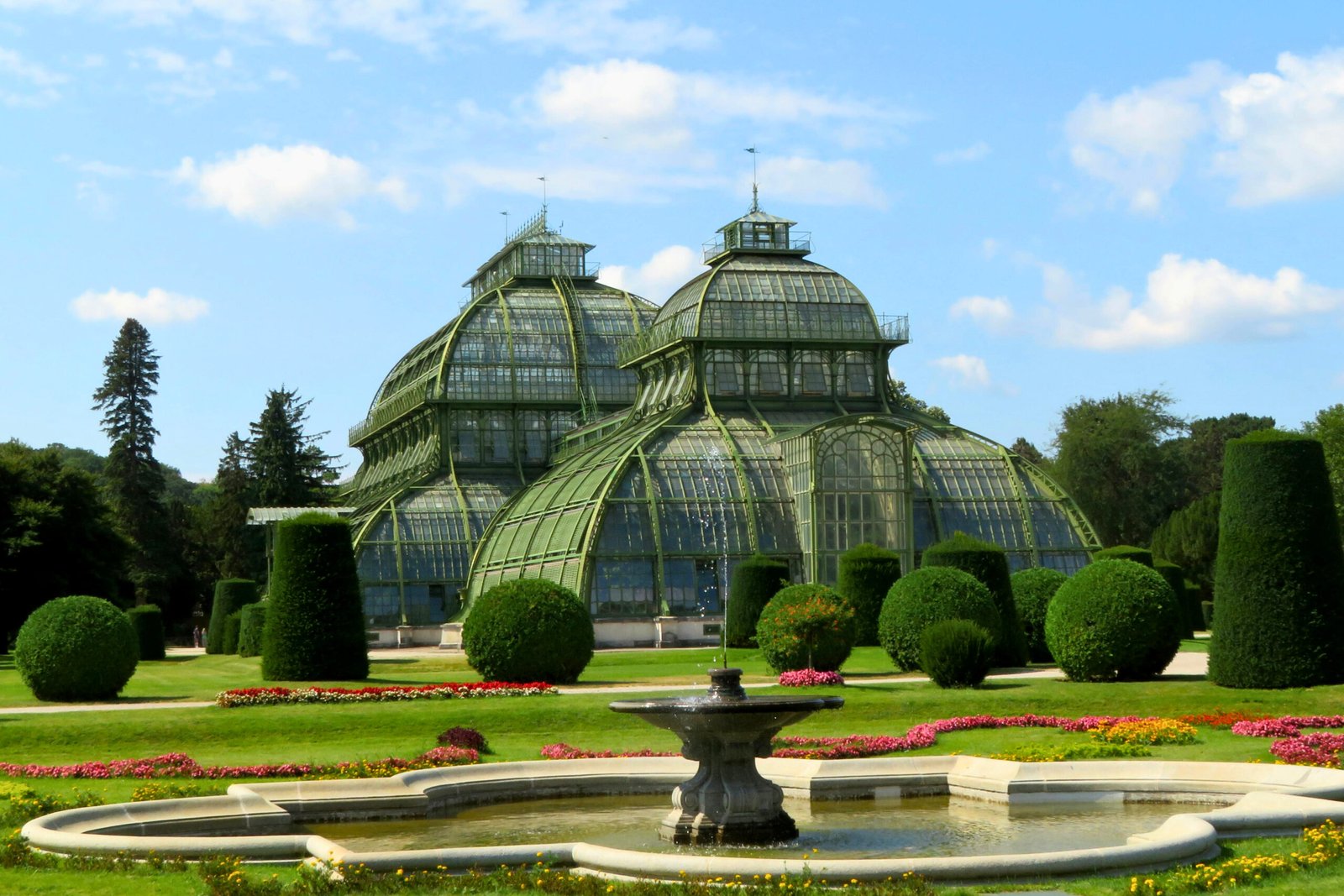
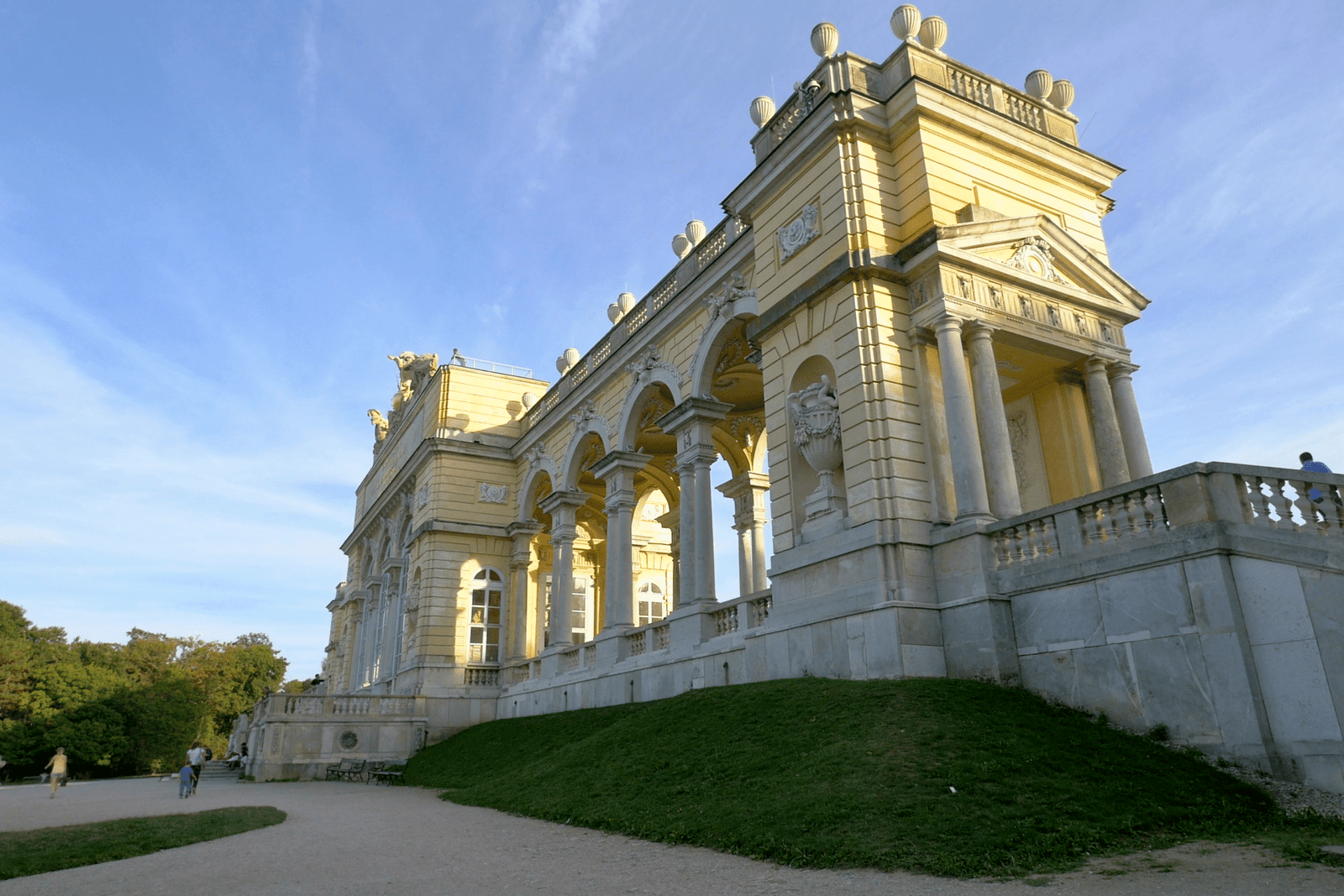
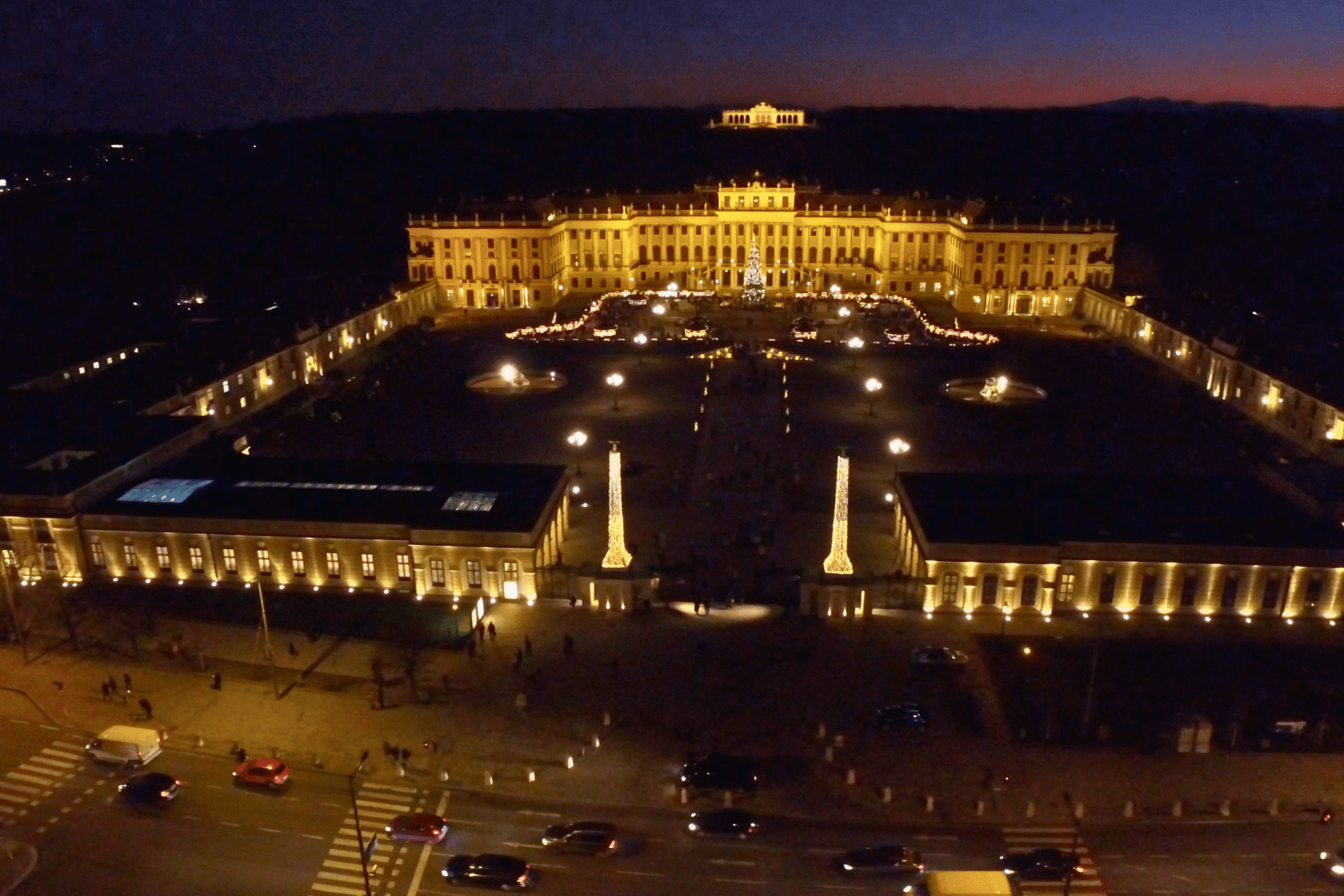



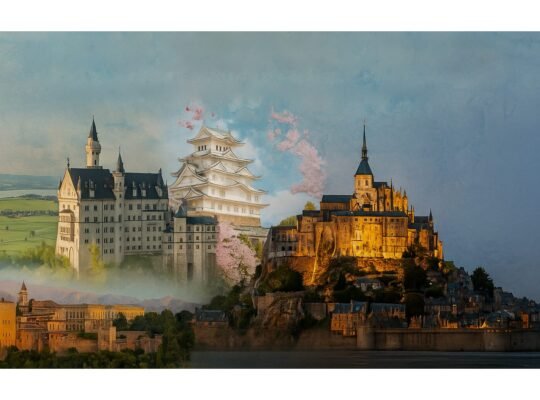
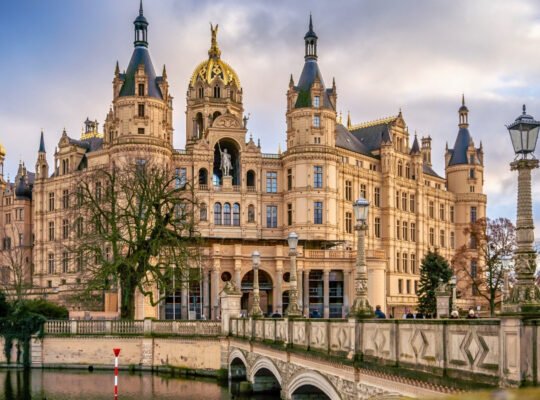
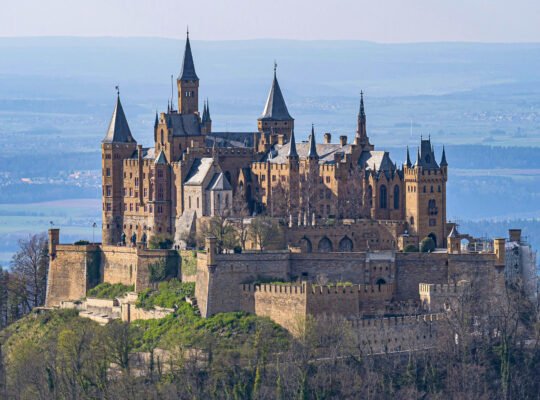
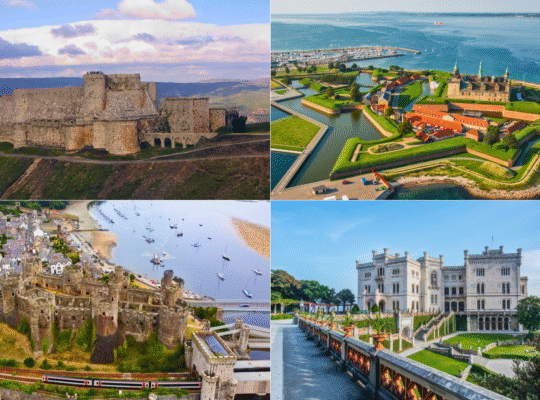
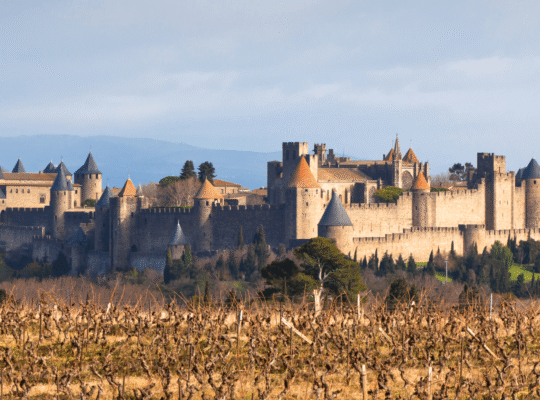
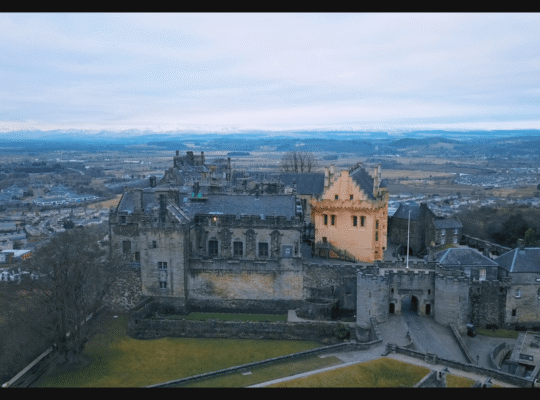
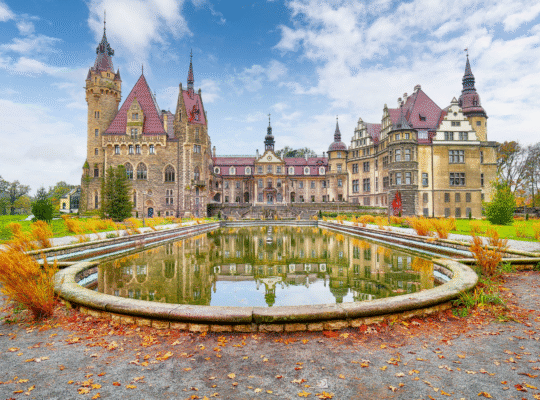
1 Comment